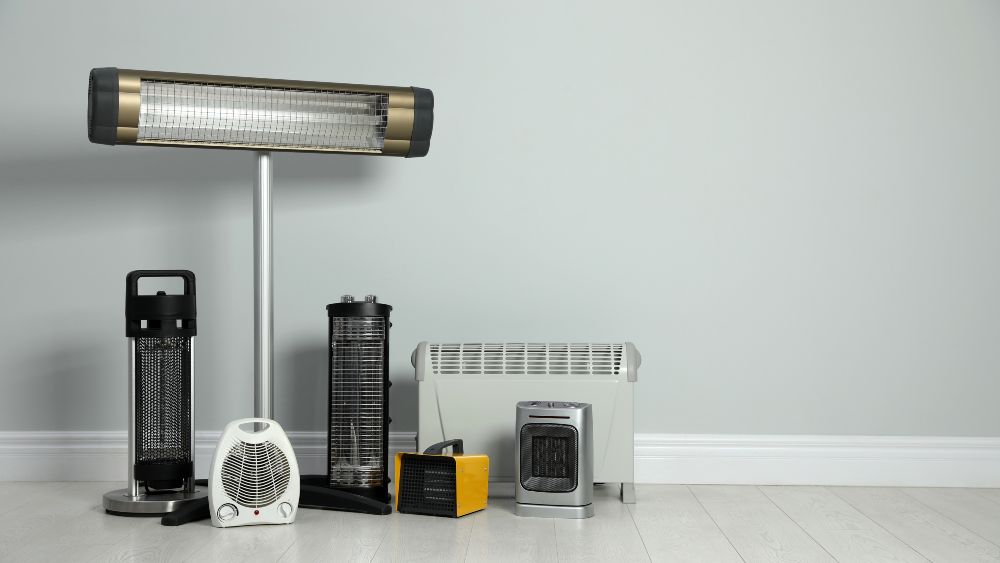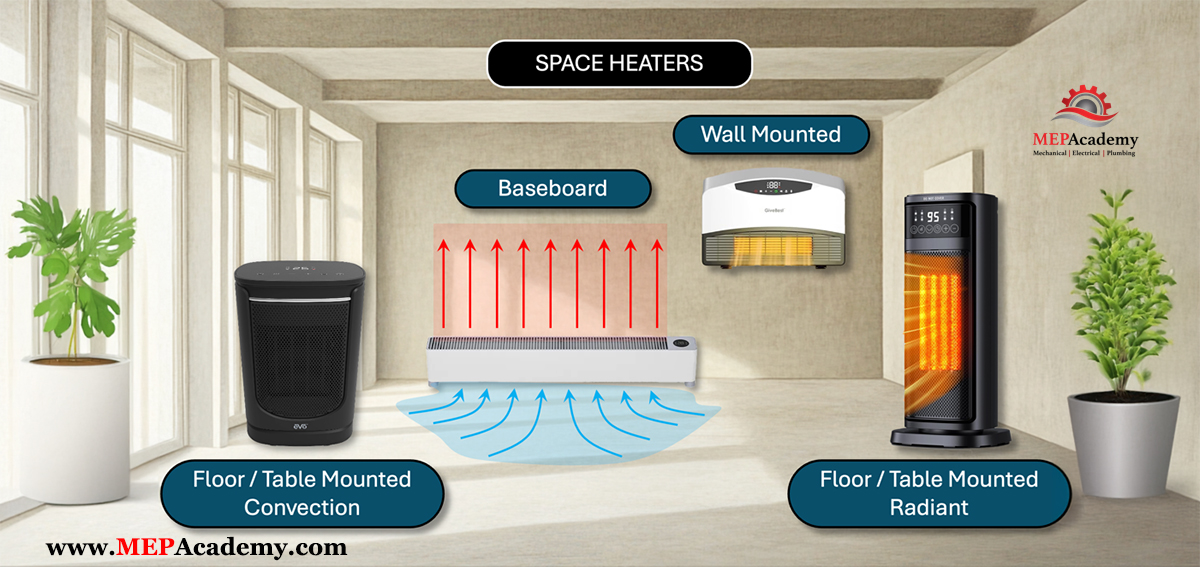Things about 1 Source Portable Air
Things about 1 Source Portable Air
Blog Article
The Best Guide To 1 Source Portable Air
Table of ContentsThe Definitive Guide to 1 Source Portable AirThe Ultimate Guide To 1 Source Portable AirAn Unbiased View of 1 Source Portable Air10 Simple Techniques For 1 Source Portable AirThe Buzz on 1 Source Portable Air
Running costs are based upon a power cost of 40c/kWh. The prices for 3 months' usage in winter season are based upon 500 hours use, or about 6 hours daily for three months. Maximum heat result is based on the maximum electrical power of the models we have actually checked (we concentrate on higher power level heating units).
On standard, small follower heating units are less pricey to acquire, however can have higher running prices. Oil column heating units will be the cheapest on the market to run (on average) yet only by a narrow margin in advance of convection heating systems (like panel and micathermic panels).
Little Known Questions About 1 Source Portable Air.
If you have a relatively easy to fix ceiling follower, it'll assist disperse the warmth around the space much more equally. A number of costly heaters have actually fallen short to excite our testers, while some more affordable models make for remarkably good buys.
As the name recommends, they emit warmth from a red-hot burner (so the family will need to take turns sitting in front of it). There are floor and wall-mounted versions available. Glowing heating systems are fairly economical. They have a cosy radiance and personal warming impact, like being in front of a fire.
Radiant heating units generally set you back in between $20 and $200. Oil-filled column heating units do not really melt oil they use electricity to heat the oil that's secured inside their columns or 'fins'.
The Main Principles Of 1 Source Portable Air
Some column heating systems aren't also oil-filled but rather utilize other product or heating innovation to function similarly - 1 Source Portable Air. The risk of fire with an oil column heating unit is low contrasted to various other heater types, but never absolutely no. Oil heating systems don't have exposed aspects like radiant heating systems do, and their surface temperature is less than many various other heater types (their huge surface location makes up for it)
Oil column heating units won't blow up, and while they do not burn their oil to generate heat, it's still combustible, so there is a fire danger if the oil leaks, if the heating system ideas over and leakages, or if combustible objects or textile enter contact or drop on the heating unit. You ought to work out the same degree of caution with oil heating units as for various other heating unit types, and never ever hang towels or garments over one to completely dry them use a drying shelf rather, a minimum of one metre away.
Column heaters are especially helpful in spaces where they'll be turned on for long periods of time or where they'll operate ignored, such as over night in a bed room. The surfaces you're likely to touch on a column heating system do not get as hot as other kinds of electrical heating systems. You can use a ceiling fan on very low rate to help the column heating unit to distribute the warmth quicker and a lot more equally.
Oil-filled column heating units typically cost in between $50 and $450. Convection and panel heating systems draw cold air over an electric home heating aspect.
1 Source Portable Air - The Facts

Convection and panel heating systems are extra mobile than their oil-filled column heating system counterparts since they're substantially lighter. Like a column heater, you can use a ceiling fan on very low speed to disperse the warmth faster and much more equally.

How 1 Source Portable Air can Save You Time, Stress, and Money.
Fan heating systems are frequently smaller and more mobile than various other electric heaters. They also are available in the form of discover this info here tower follower more info here heaters, which can be much better for dispersing warm around larger here rooms because of their taller account. They can warm the air in a space a lot more swiftly, evenly and rapidly than a few other heater kinds.
They can be rather noisy with the fan on full power, though are typically reasonably peaceful at lower follower rates. Follower heaters (ceramic or otherwise) typically cost between $60 and $900. Ceramic follower heating units aren't necessarily any kind of various in rate to non-ceramic models. A fairly current participant into the customer market, infrared heaters heat the space like the sunlight warms your face (without the UV rays so no threat of skin cancer cells). 1 Source Portable Air.
Report this page